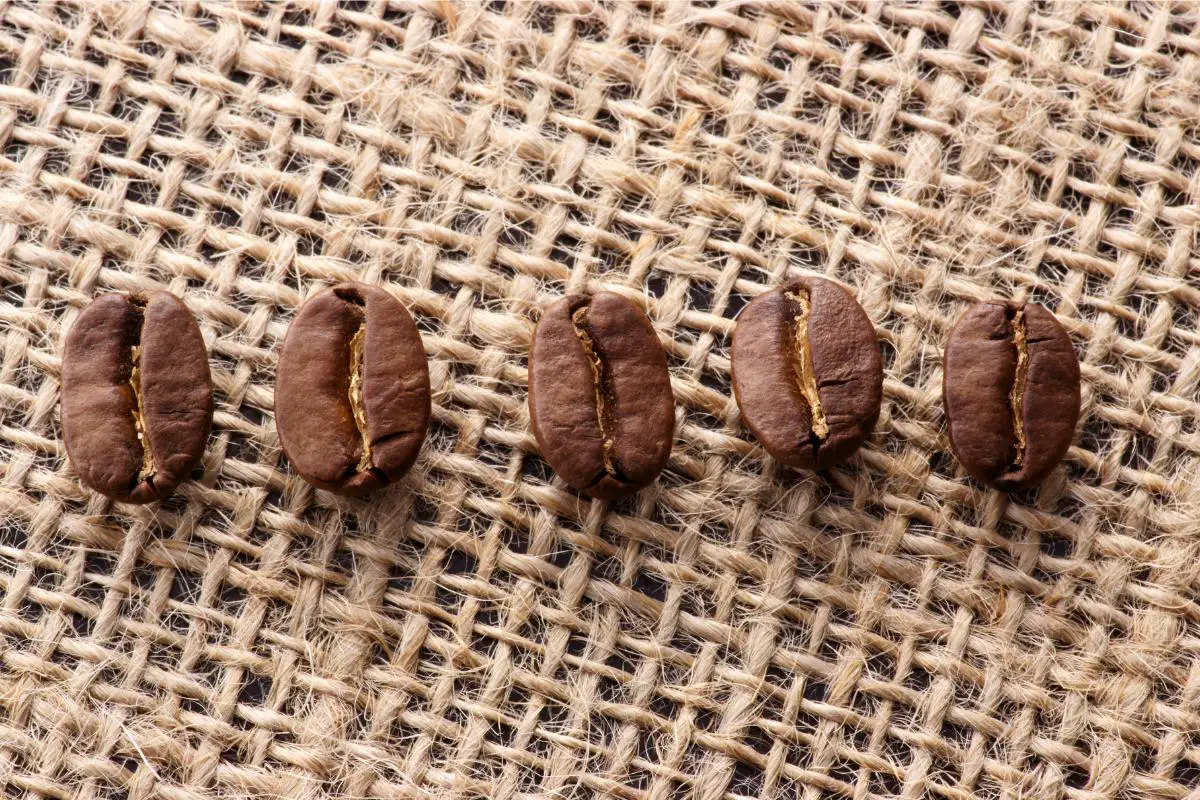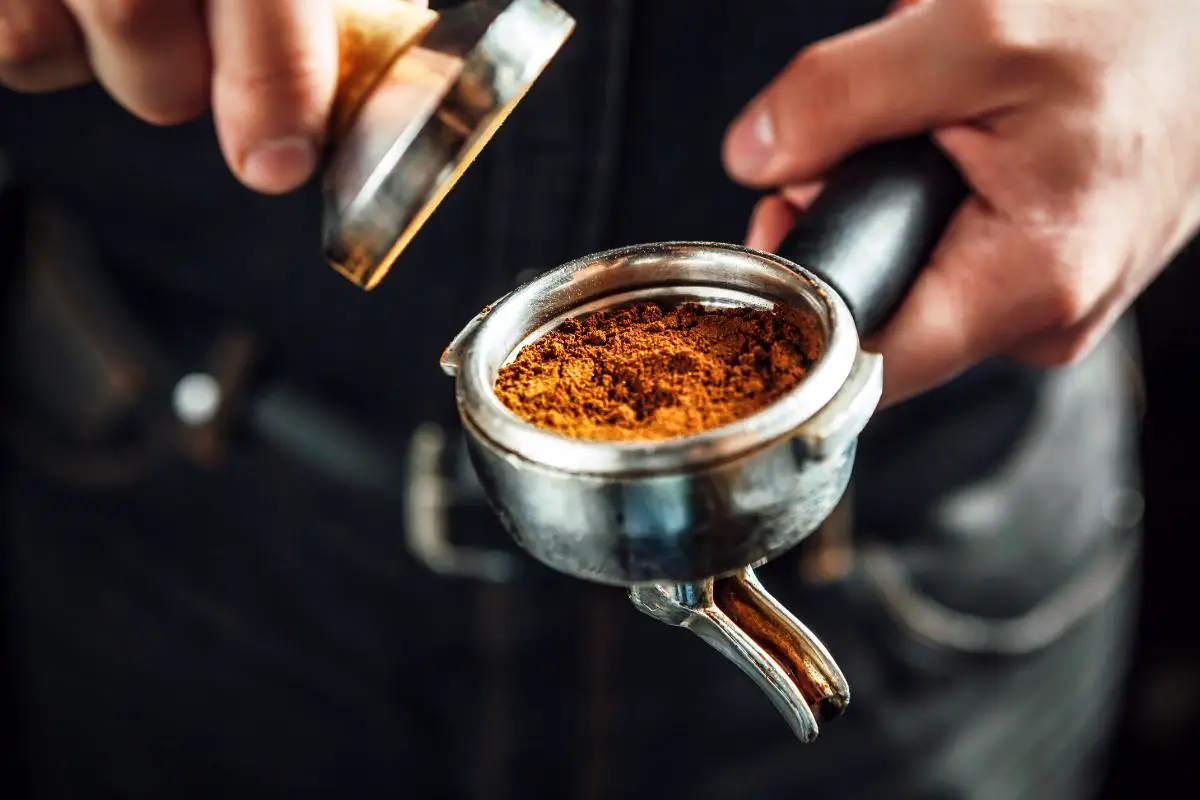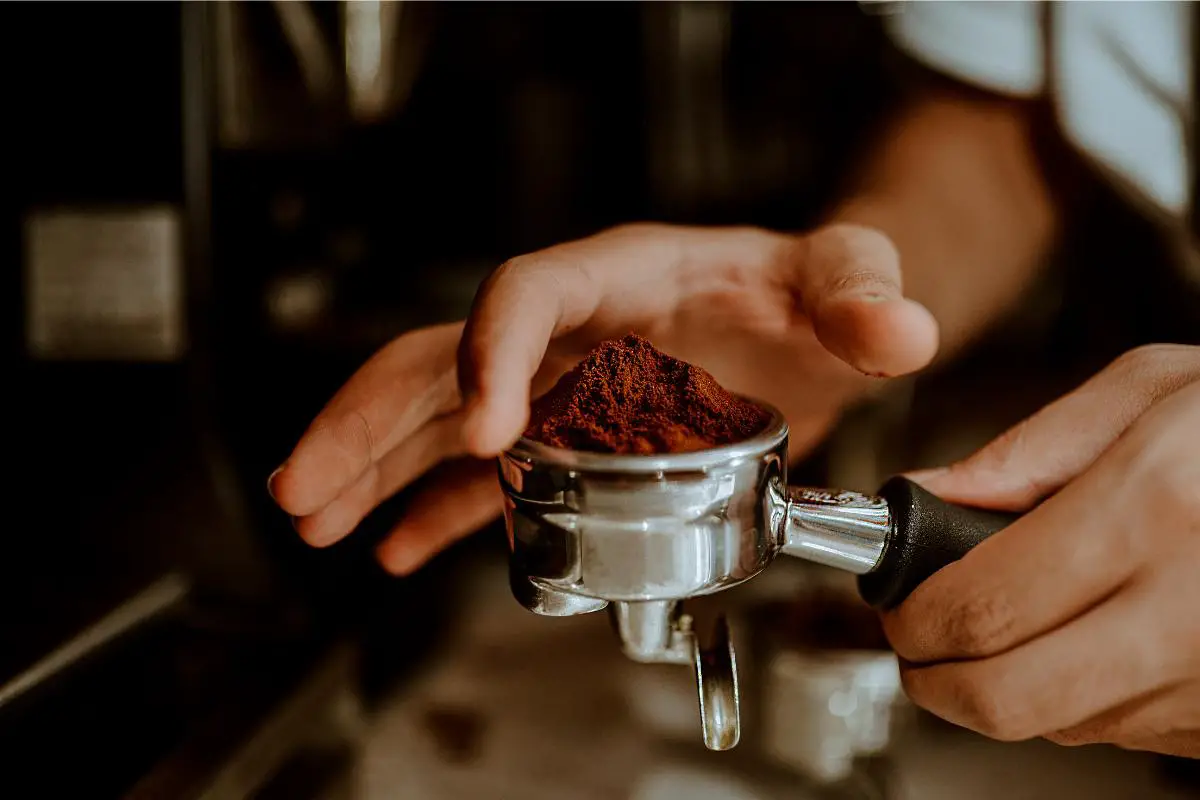Whether you’re making a cup of coffee at home or enjoying one at a café, you might be wondering what happens if you let coffee sit.
Does it go bad? Will it taste different?
What happens when you let coffee sit? In short, the taste will change and it will continue to release carbon dioxide gas.
Let’s take a closer look at what happens when coffee sits and how long it’s safe to drink.
Table of Contents
What Happens When Coffee Sits?
If you’ve ever made a pot of coffee and then let it sit for a while, you might have noticed that the taste changes.
This is because coffee is an oxidizing agent, which means that it reacts with the oxygen in the air.
The longer coffee sits, the more it will continue to react with the oxygen, resulting in a bitter taste.
Additionally, the coffee will continue to release carbon dioxide gas, which can make it go flat.
So, if you’re looking for the best flavour, it’s best to drink coffee soon after it’s been brewed.
However, if you don’t mind a slightly bitter taste or flatness, there’s no need to worry about drinking coffee that’s been sitting out for a while.
How Long Is Coffee Safe To Drink?
While the taste of the coffee may change after a few hours, it won’t go bad.
In fact, coffee can stay fresh for up to four hours if it’s kept in an airtight container at room temperature.
After that, it’s still safe to drink, but the quality will decline.
However, it is important to note that the longer coffee sits, the more bacteria will grow.
Therefore, it is best to drink coffee within two hours of brewing, and if you need to save it for later, make sure to store it in an airtight container in the fridge.

What Are The Pros And Cons Of Letting Your Coffee Sit?
Pros
- If you’re making iced coffee, it’s best to let the coffee sit for a while so that the flavour has time to develop.
- Similarly, if you’re making cold brew coffee, you’ll need to let the coffee sit for 12-24 hours to extract all of the flavours.
- The bitterness of the coffee will decrease, making it more palatable.
Cons
- The flavour of the coffee will change.
- May become more bitter.
- Coffee will continue to release carbon dioxide gas.
- Your coffee can go flat.
- The longer coffee sits, the more bacteria will grow.
When it comes to coffee, there is no right or wrong answer when it comes to how long you should let it sit.
It all depends on your personal preferences and what you’re looking for in terms of taste and caffeine content.
Does The Type Of Coffee Bean Have An Impact On When Your Coffee Sits?
All coffee beans will oxidize and release carbon dioxide gas when exposed to oxygen, so it’s best to drink them sooner rather than later.
However, the type of coffee bean can have an impact on how your coffee tastes when it sits.

For example, Arabica beans are known for their sweetness, while Robusta beans are more bitter.
So, if you’re looking for a sweeter cup of coffee, it’s best to use Arabica beans, and on the other hand, if you don’t mind a bit of bitterness, Robusta beans might be a better option.
Do You Need To Worry About Bacteria Growing In Your Coffee?
While it is true that bacteria can grow in coffee, it’s important to remember that coffee is a low-acid product.
This means that the chances of harmful bacteria growing in your coffee are pretty low.
However, we would not recommend drinking coffee if you think it does have bacteria growing, especially if you’re pregnant, have a weakened immune system, or are concerned about bacteria.
“Charles Gerba, PhD, a professor of microbiology and environmental sciences at the University of Arizona, who has conducted several studies on the spread of bacteria and viruses in homes and offices, explains “Caffeine has some antibacterial properties, making it tougher for the bugs to flourish”.
Prevention.com
Ultimately, the longer the coffee sits, the more bacteria will grow.
Therefore, it’s best to drink coffee within two hours of brewing, and as we mentioned before, if you need to save it for later, make sure to store it in an airtight container in the fridge.
What Happens When Coffee Sits FAQs

A: Caffeine does not evaporate or otherwise disappear after brewing. There will be as much caffeine in your coffee after five hours as there is after five seconds.
A: It is a common myth that coffee will “wake you up” more if you drink it after it has been sitting out. However, this is not true.
A: It is not recommended to reheat coffee that has been sitting out. Reheating coffee can cause it to taste burnt or bitter.
A: If you want to keep your coffee fresh for as long as possible, make sure to store it in an airtight container in the fridge. Additionally, avoid adding milk or cream to your coffee until you are ready to drink it. This will help to prevent the coffee from going bad.
Conclusion
So, what happens when you let coffee sit? The taste will change and it will continue to release carbon dioxide gas, but it is still safe to drink.
Just be aware that the longer it sits, the more bacteria will grow, so if you need to save it for later, make sure to store it in an airtight container in the fridge.
If you enjoyed this article, read more like this by checking out our Specialty Coffee Beginners Guides.




